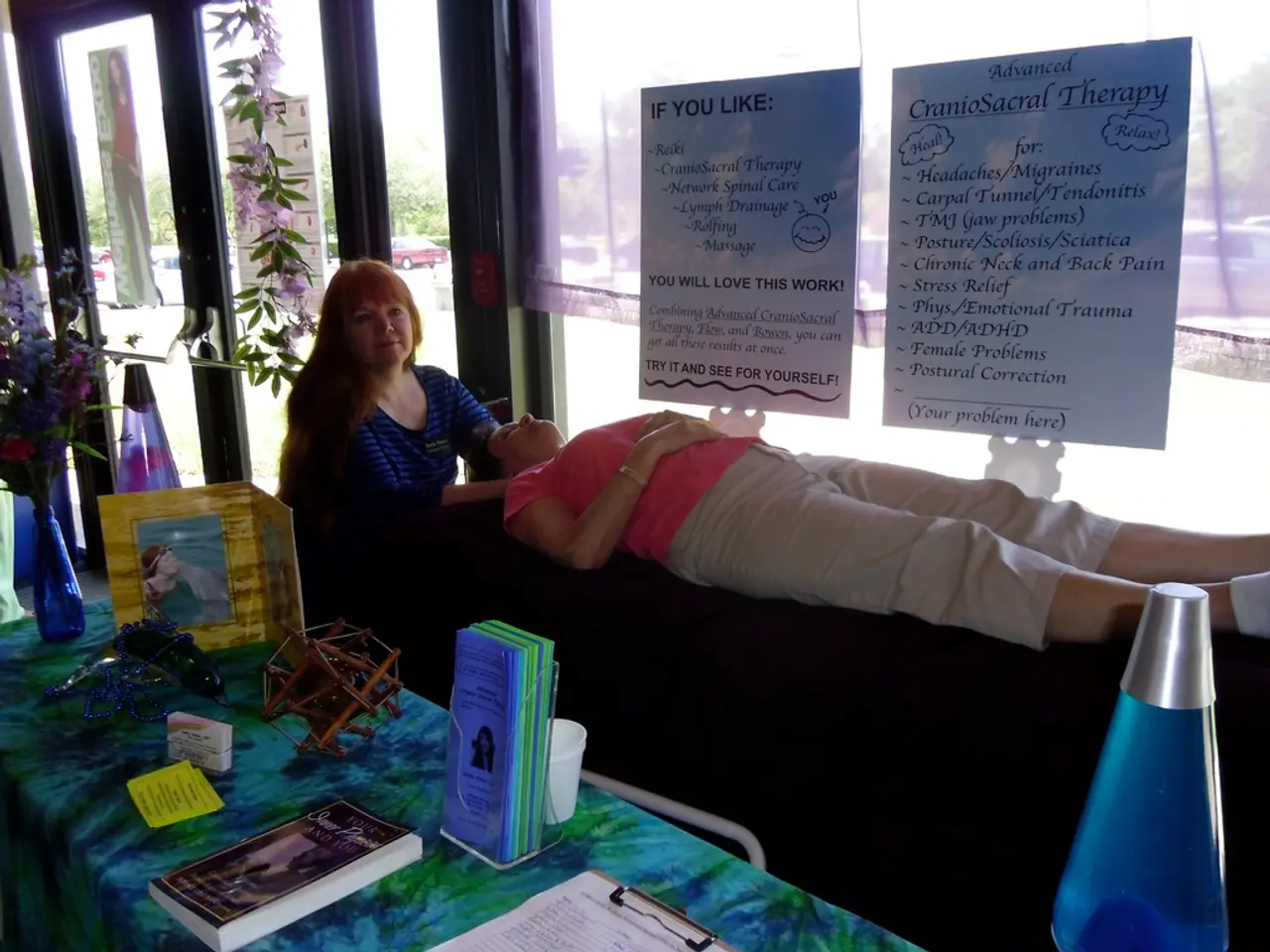Differentiating Acute Stress Disorder from Post-Traumatic Stress Disorder: An Overview
The American Psychiatric Association (APA) introduced the diagnosis of Acute Stress Disorder (ASD) in 1994, as a means to identify individuals who had a higher chance of developing Post-Traumatic Stress Disorder (PTSD) following a traumatic event. This early intervention aimed to provide support and treatment sooner for those in need.
ASD and PTSD share some symptoms, including re-experiencing the event, changes in thoughts and mood, and reactivity and arousal. However, ASD is diagnosed within 3-30 days of a traumatic event, while PTSD is diagnosed 30 days after a traumatic event or later.
Reactivity and arousal in PTSD can cause hypervigilance, starting easily, feeling irritable or annoyed often, acting out with anger or aggression, trouble concentrating or sleeping. Changes in thoughts and mood can lead to negative moods or outlook, self-blame, guilt, shame, isolation, loneliness, difficulty remembering specific details about the traumatic event, and trouble experiencing happiness or pleasure.
Symptoms of re-experiencing the event in PTSD include flashbacks, nightmares, losing awareness of surroundings, intrusive thoughts, physical reactions when reminded of the trauma, and panic attacks. Symptoms of avoidance in PTSD involve avoiding reminders of the traumatic event, keeping away from places that remind of the trauma, and avoiding activities or people that bring up feelings or thoughts about the trauma.
ASD also includes dissociative symptoms such as detachment from surroundings, numb emotions, derealization and depersonalization, and dissociative amnesia. A diagnosis of ASD requires nine symptoms in all and lasts for less than 30 days. If symptoms linger for a longer period of time, the care team may diagnose PTSD.
Research suggests a stronger link between certain types of trauma, such as direct violence and sexual assault, and PTSD. Factors that increase the likelihood of developing ASD or PTSD include lack of mental health support, personalities higher in neuroticism, being female or assigned female at birth, coping through avoidance, living with another mental health condition, and having a history of childhood abuse.
Healing is possible for both ASD and PTSD, and emotional and practical support, therapy, and some medications can help many people recover. Treatment for ASD involves mental health care, emergency response and support, therapy, and medication to help with sleep issues and mood symptoms. Treatment for PTSD includes trauma-focused interventions, interpersonal therapy, meditation and relaxation techniques, stress inoculation therapy, and medication to help ease feelings of anxiety and depression.
It is never too late to reach out to a compassionate, licensed mental health professional for support and care, regardless of the time that has passed since the traumatic event. A diagnosis of ASD or PTSD can be made by mental health professionals such as psychologists or psychiatrists. They may use questionnaires like the Stanford Acute Stress Reaction Questionnaire (SASRQ) and the PTSD Checklist for DSM-5 (PCL-5) to aid in diagnosis.
Researchers have linked ASD to more pain from injuries, comorbid mental health conditions, higher risk of heart problems, and rehospitalization. Furthermore, ASD has been associated with more pain from injuries, comorbid mental health conditions, a higher risk of heart problems, and rehospitalization.
In conclusion, understanding ASD and PTSD is crucial for early intervention and effective treatment. If you or someone you know has experienced a traumatic event, it is essential to seek help from a mental health professional. With the right support, healing is possible.
Read also:
- Nightly sweat episodes linked to GERD: Crucial insights explained
- Antitussives: List of Examples, Functions, Adverse Reactions, and Additional Details
- Asthma Diagnosis: Exploring FeNO Tests and Related Treatments
- Unfortunate Financial Disarray for a Family from California After an Expensive Emergency Room Visit with Their Burned Infant








